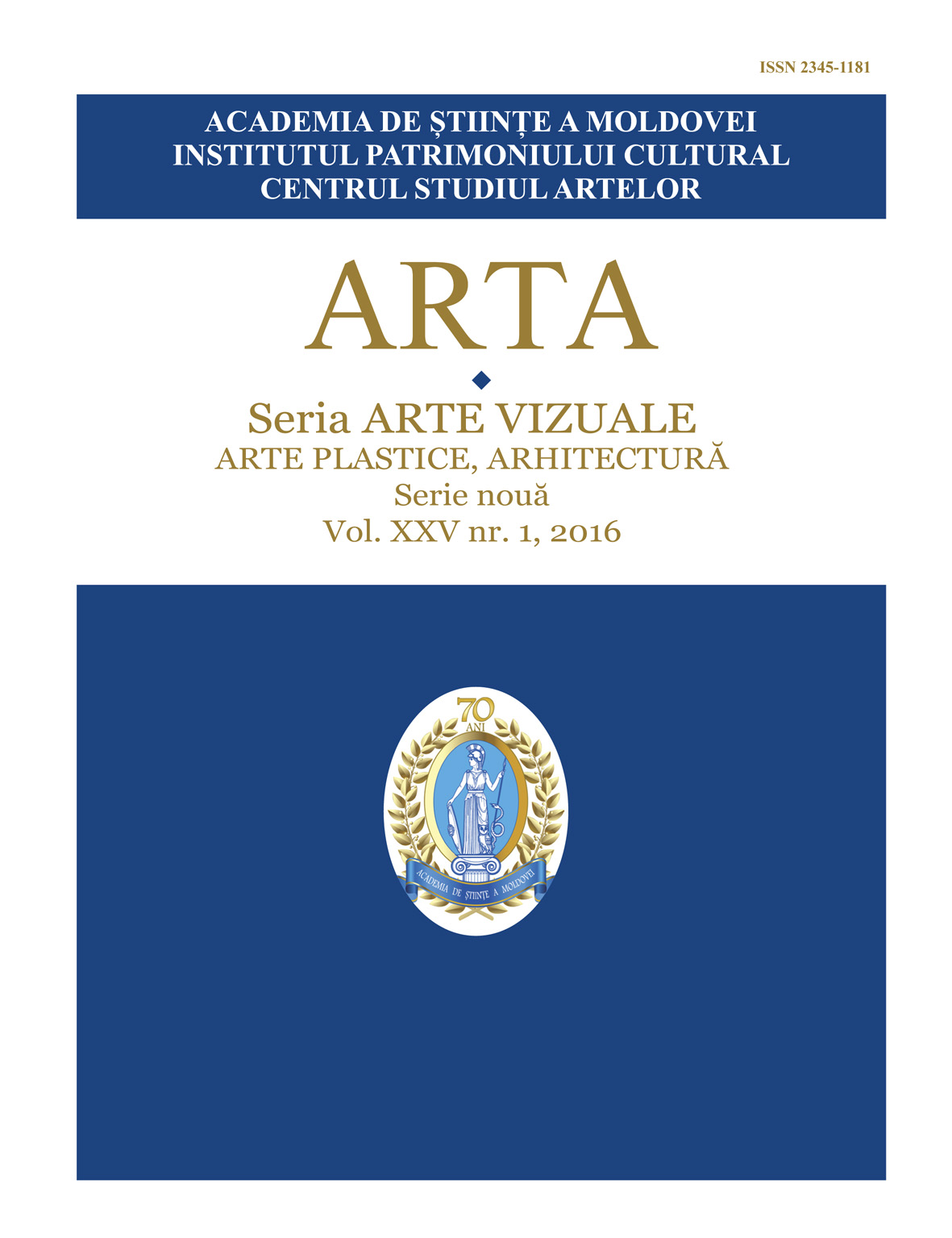
Naujausiųjų laikų Lietuvos dailės istorijos klausimu
At the end of the 80s when the young generation of Lithuanian artists started to reform radically their strategy, an ambition to consolidate one’s identity as a representative of the Modernity became one of the major issues. Modernity is marked by emancipatory politics. In the spheres of politics, economy, as well as culture and arts, the emancipatory politics can be understood as an aspiration for the freedom from. Lithuanian intellectuals of the Soviet time, as the culture theorist L. Donskis argues, desired a different freedom - freedom for, avoiding to interpret this notion politically but rather taking it as a mere cultural category. The juncture of the 80s and 90s witnessed a growing tendency towards the freedom from - first of all from the mythologization of tradition and the dominance of old hierarchical structures. In the late 90s, emancipatory gestures were gradually going down. Emancipatory politics was changed or substituted for decision-making policy, which is typical of Late Modernity. After emancipation there is no separation between poetics and politics, art and life, individual and society, East and West, male and female. There exists a context linked by the complex relationship of inevitable dependence. Fluidness and collage, so typical of the recent Lithuanian artists' production as well as of art projects, reflect this context as a live organism in action.Employing the notion of artistic strategy instead that of stylistic tendencies enables to create the wholesome picture of the history of Lithuanian art of the 2nd half of the 20th c. otherwise torn into difficultly comparable parts due to different social and political circumstances.
More...



